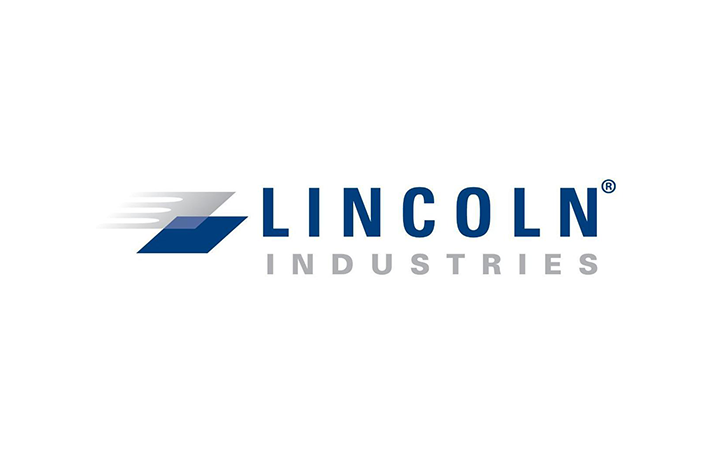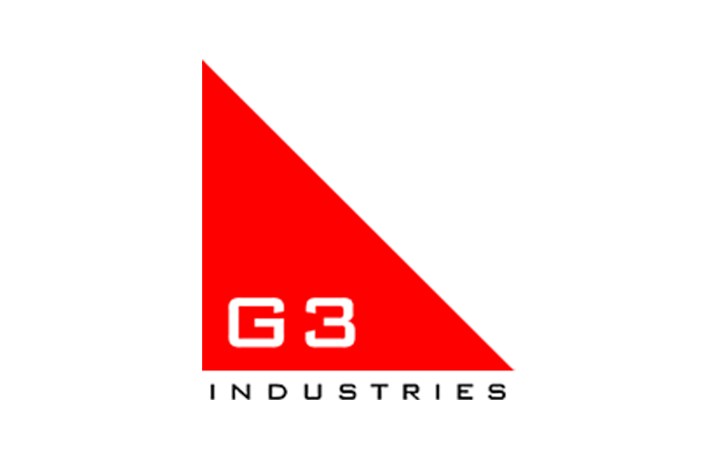E-coating, mostly known as Electrocoating, is a type of wet paint finishing process meant to protect metals and steels from corroding. The types of metals can range from car parts, hardware, and even jewelry. The reason for this is because e-coating is recognized for its ability to paint in high production volumes for a lower cost, and can provide a smooth, leveled, and lasting finish. If you are unsure about the process of e-coating, this article will give you a short step-by-step guide on how e-coat efficiently is applied to metal surfaces.
The process of E-coating
Pre-treatment: A metal surface must thoroughly be washed, and then phosphate is applied to the surface to prep it for the e-coat.
Electrocoat Bath: The electrocoat bath consists of 80% – 90% deionized water and 10%-20% paint solids. The paint solids are mostly resin, a durable and tough material to protect against corrosion, and color pigments. The pre-rinsed metal surface is applied with additional coatings in an electrocoat bath.
Post-rinsing: Once the electrocoat bath is applied to the metal surface, post-rinse commences to enhances the surface while washing off excess paint.
Bake Oven: The metal surface is placed in a bake oven where the paint cures for maximum performance. Usually, it is baked at a minimum of 20 minutes under 375°F.
Professional Plating ensures that your job will always be done to the highest standards. We provide two different types of e-coating: acrylic and epoxy. Acrylic e-coats are especially suited for one coat application on automotive parts, electrical components, car wash equipment, and lawn and garden equipment. Epoxy e-coats are much better for automotive parts, primers for appliances, and electrical items. If you are looking for a professional plating and metal finishing expert, contact us for your E-Coat and Metal Finishing needs.





